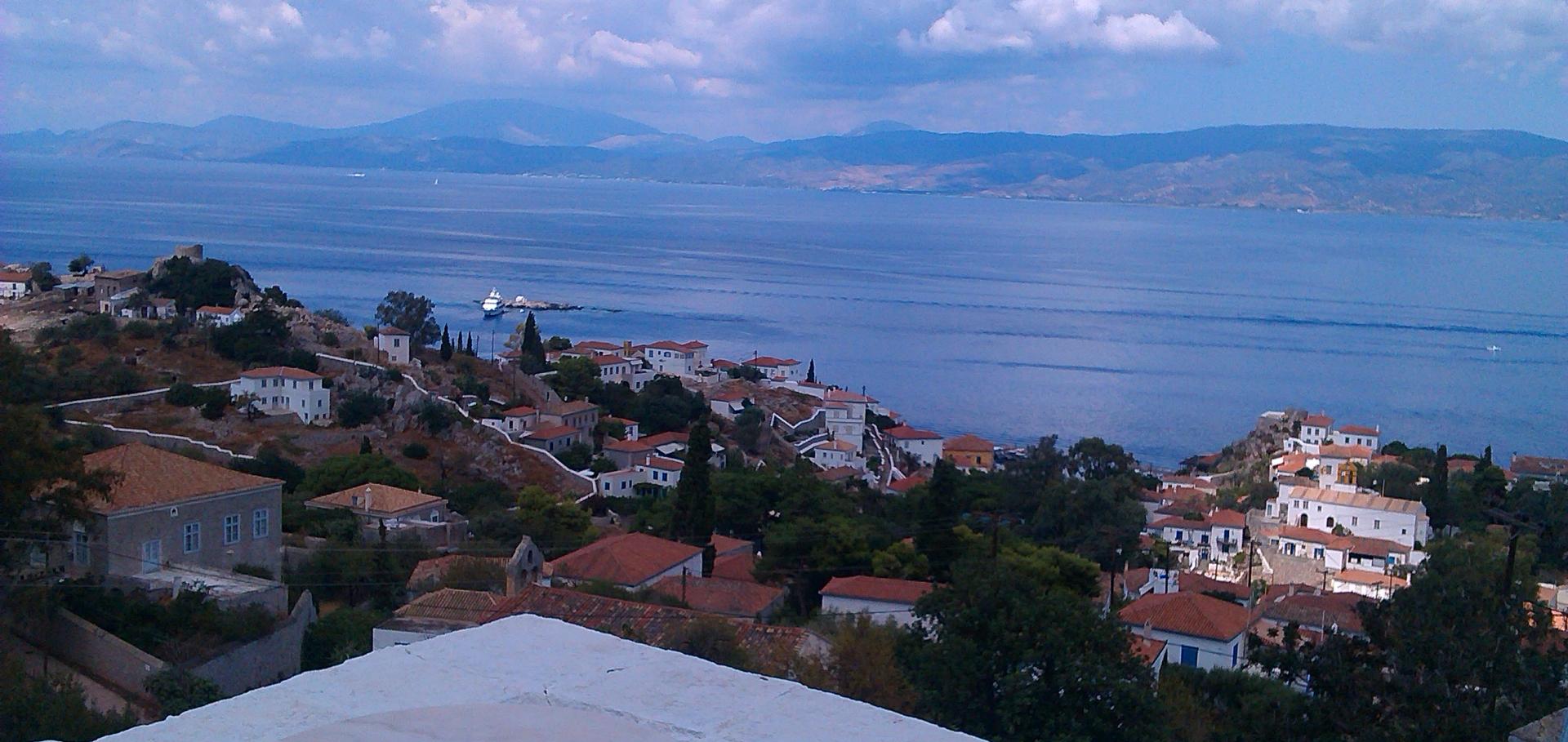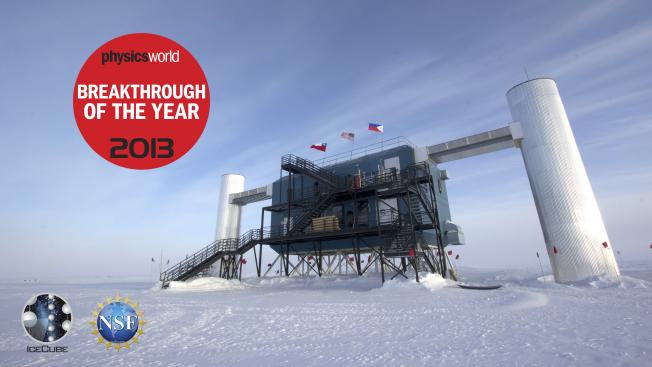Erratum: Constraints on the extremely-high energy cosmic neutrino flux with the IceCube 2008-2009 data [Phys. Rev. D 83, 092003 (2011)]
Physical Review D American Physical Society (APS) 84:7 (2011) 079902
The Design and Performance of IceCube DeepCore
ArXiv 1109.6096 (2011)
Abstract:
The IceCube neutrino observatory in operation at the South Pole, Antarctica, comprises three distinct components: a large buried array for ultrahigh energy neutrino detection, a surface air shower array, and a new buried component called DeepCore. DeepCore was designed to lower the IceCube neutrino energy threshold by over an order of magnitude, to energies as low as about 10 GeV. DeepCore is situated primarily 2100 m below the surface of the icecap at the South Pole, at the bottom center of the existing IceCube array, and began taking physics data in May 2010. Its location takes advantage of the exceptionally clear ice at those depths and allows it to use the surrounding IceCube detector as a highly efficient active veto against the principal background of downward-going muons produced in cosmic-ray air showers. DeepCore has a module density roughly five times higher than that of the standard IceCube array, and uses photomultiplier tubes with a new photocathode featuring a quantum efficiency about 35% higher than standard IceCube PMTs. Taken together, these features of DeepCore will increase IceCube's sensitivity to neutrinos from WIMP dark matter annihilations, atmospheric neutrino oscillations, galactic supernova neutrinos, and point sources of neutrinos in the northern and southern skies. In this paper we describe the design and initial performance of DeepCore.The integrated Sachs-Wolfe imprints of cosmic superstructures: a problem for ΛCDM
ArXiv 1109.4126 (2011)
Abstract:
A crucial diagnostic of the \Lambda CDM cosmological model is the integrated Sachs-Wolfe (ISW) effect of large-scale structure on the cosmic microwave background (CMB). The ISW imprint of superstructures of size \sim100\;h^{-1} Mpc at redshift $z\sim0.5$ has been detected with $>4\sigma$ significance, however it has been noted that the signal is much larger than expected. We revisit the calculation using linear theory predictions in \Lambda CDM cosmology for the number density of superstructures and their radial density profile, and take possible selection effects into account. While our expected signal is larger than previous estimates, it is still inconsistent by $>3\sigma$ with the observation. If the observed signal is indeed due to the ISW effect then huge, extremely underdense voids are far more common in the observed universe than predicted by \Lambda CDM.The integrated Sachs-Wolfe imprints of cosmic superstructures: a problem for \Lambda CDM
(2011)
Observation of an Anisotropy in the Galactic Cosmic Ray arrival direction at 400 TeV with IceCube
ArXiv 1109.1017 (2011)



